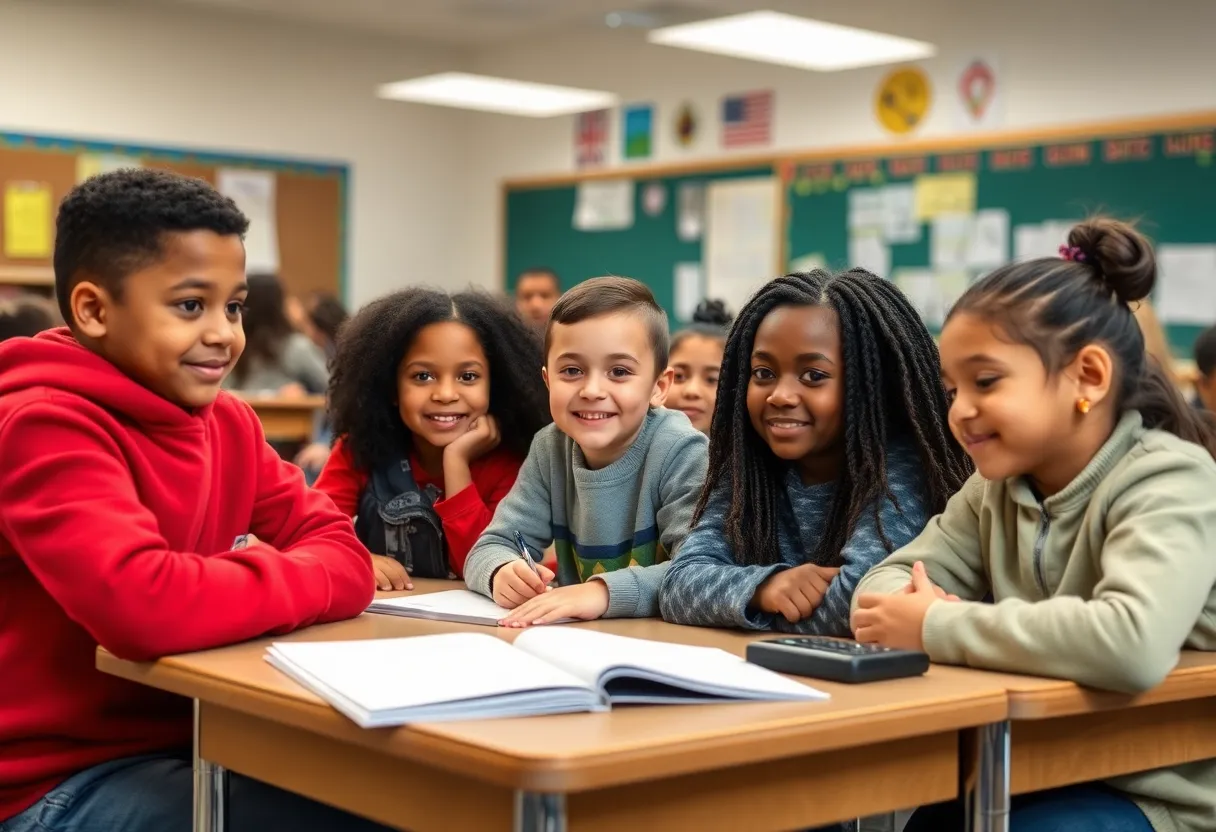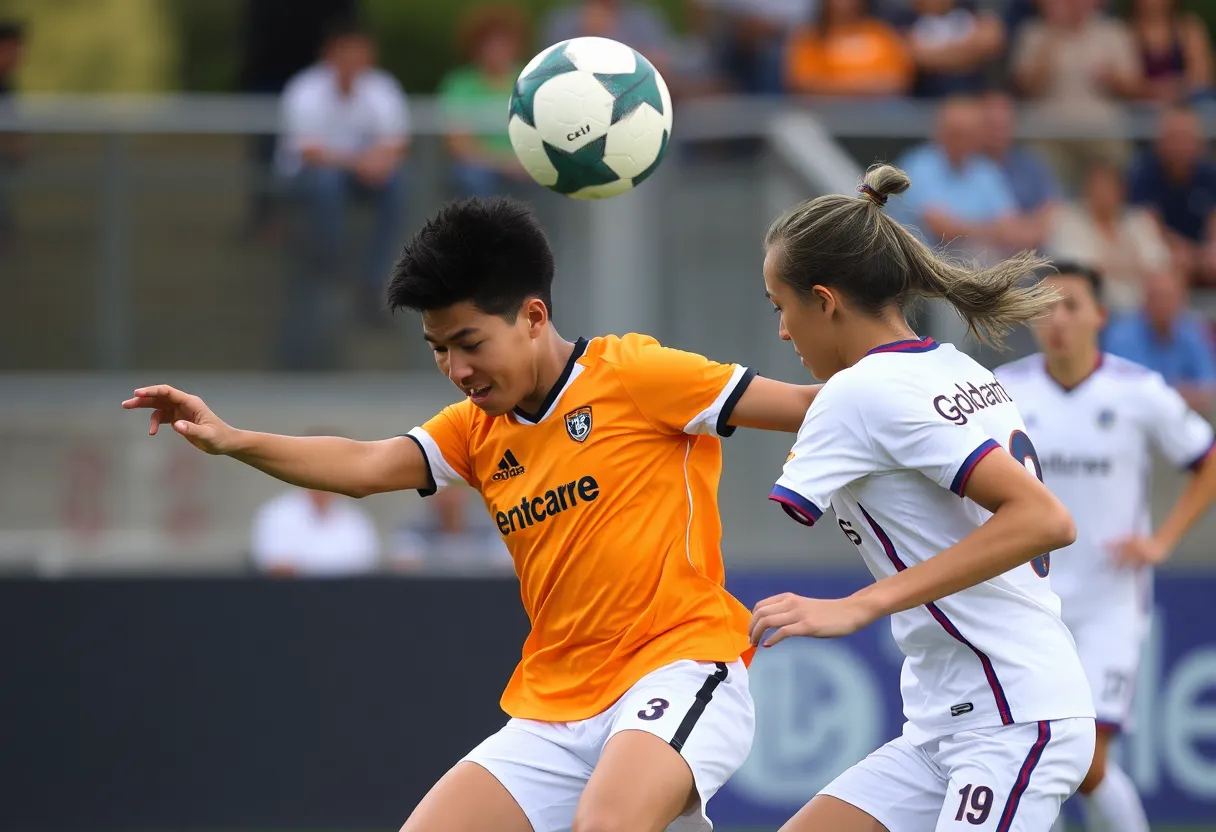Buffalo, October 13, 2025
Buffalo Public Schools are struggling with diversity among teachers, with over 80% of the staff being white compared to a student body mainly composed of students of color. To address this disparity, the district is launching new recruitment initiatives and forming partnerships with local universities. These efforts aim to create a more inclusive educational environment by boosting representation among educators from underrepresented communities, emphasizing the importance of having diverse role models for students.
Buffalo Schools Face Persistent Teacher Diversity Challenges
Buffalo Public Schools continue to face significant hurdles in achieving a diverse teaching workforce, with more than 80% of teachers identifying as white, according to recent district reports. This imbalance stands in stark contrast to the student body, which is predominantly composed of students of color. The district has responded by implementing new recruitment strategies aimed at increasing representation among educators from underrepresented communities.
These initiatives are part of a broader effort to foster greater inclusivity within the school system. District officials emphasize that a more diverse staff is essential for supporting student achievement and ensuring that the educational environment reflects the cultural backgrounds of its students. The push for change comes amid growing awareness of how teacher demographics impact learning outcomes and school culture.
To address the gap, Buffalo Public Schools is forming partnerships with local universities. These collaborations focus on developing training programs designed to prepare and place more teachers of color into district classrooms. The goal is to create pathways for aspiring educators from diverse backgrounds to enter the profession and build long-term careers in the public school system.
Current State of the Workforce
The current composition of the teaching staff highlights a long-standing issue within the district. Despite years of discussion on equity in education, the percentage of white teachers has remained above 80%. Meanwhile, the student enrollment reflects Buffalo’s diverse population, with a majority from non-white communities. This mismatch can affect how students perceive their education and the role models available to them.
Efforts to diversify have been underway for some time, but progress has been gradual. Recent data shows that while the district has made incremental hires from underrepresented groups, the overall numbers have not shifted substantially. This persistence of the status quo has drawn attention from education stakeholders who see it as a reflection of broader inequities in the teaching profession nationwide.
New Recruitment Initiatives
The latest recruitment drives target communities that have historically been underserved in education roles. This includes outreach programs in neighborhoods with high concentrations of residents of color, as well as targeted advertising in community centers and cultural organizations. The district plans to offer incentives such as mentorship opportunities and professional development tailored to new teachers from diverse backgrounds.
Partnerships with universities involve joint certification programs, where students can complete their training with a focus on teaching in urban public schools like those in Buffalo. These efforts aim not only to increase the number of diverse hires but also to retain them through supportive networks and resources that address common challenges faced by minority educators.
Community Response and Expectations
Local advocates for educational equity have welcomed the district’s renewed commitment to diversity. They view the new initiatives as a positive step toward aligning the staff with the city’s demographic reality. However, there is a strong call for accelerated action to ensure that changes happen quickly enough to benefit current students.
The community emphasizes that representation matters for student engagement and success. When teachers share similar cultural experiences with their students, it can enhance trust and understanding in the classroom. Advocates argue that without faster progress, the district risks perpetuating cycles of underrepresentation that affect generations of learners.
Broader Context of Educational Equity
The challenges in Buffalo Public Schools mirror issues seen in many urban districts across the country, where student populations are increasingly diverse but teaching staffs lag behind. Factors such as hiring practices, certification barriers, and retention rates contribute to these disparities. In Buffalo, the district’s location in a city with a rich multicultural history adds urgency to the need for inclusive staffing.
Superintendent Tonja M. Williams has highlighted the importance of these changes for overall student success. The district’s strategies build on previous attempts to diversify, incorporating lessons from past programs to make current efforts more effective. By focusing on recruitment and partnerships, Buffalo aims to set a model for other districts facing similar demographic shifts.
As these initiatives roll out, monitoring their impact will be key. The district plans to track hiring trends and student feedback to assess whether the changes lead to a more balanced workforce. Community involvement, through advisory groups and feedback sessions, will also play a role in refining the approach.
In summary, while Buffalo Public Schools grapples with a teaching staff that is over 80% white against a predominantly non-white student body, new recruitment efforts and university partnerships signal a proactive response. These steps seek to bridge longstanding inequities, promoting a more representative educational environment that supports all students.
FAQ
What is the current teacher diversity situation in Buffalo Public Schools?
Buffalo Public Schools continue to grapple with teacher diversity challenges as the staff remains over 80% white, despite student enrollment being predominantly students of color.
What actions are Buffalo Public Schools taking to address teacher diversity?
District leaders are launching new recruitment initiatives targeting underrepresented communities to boost inclusivity. Partnerships with local universities aim to train and hire more teachers of color.
Why is teacher diversity important in Buffalo Public Schools?
Diversity in educators is crucial for student success and cultural representation.
What do community advocates think about these efforts?
Community advocates praise the efforts but call for faster progress to mirror the city’s demographic makeup.
What long-term goals do these initiatives address?
The initiatives address long-standing inequities in the education workforce.
Key Features Chart: Teacher Diversity in Buffalo Public Schools
| Feature | Description |
|---|---|
| Current Staff Composition | Over 80% white teachers |
| Student Enrollment | Predominantly students of color |
| New Initiatives | Recruitment targeting underrepresented communities |
| Partnerships | With local universities for training and hiring |
| Goal | Boost inclusivity and address inequities |
Deeper Dive: News & Info About This Topic
HERE Resources
Buffalo, NY Designates Scajaquada Creek as Historic Waterway
Buffalo Public Schools Address Teacher Diversity Challenges




